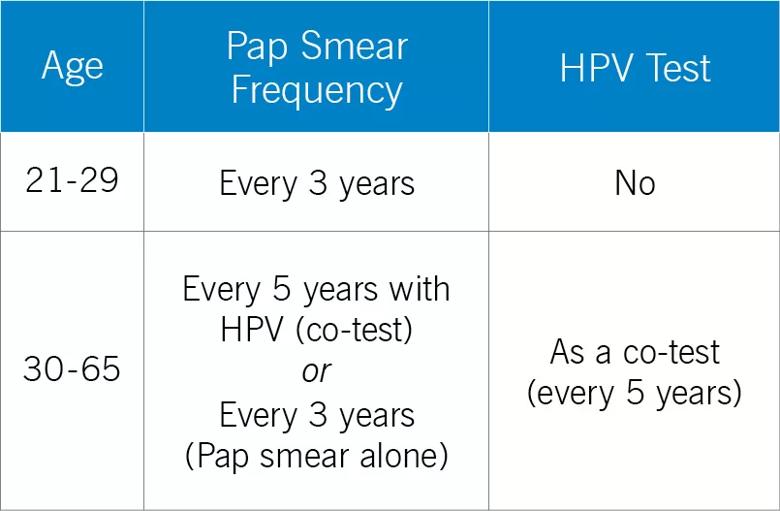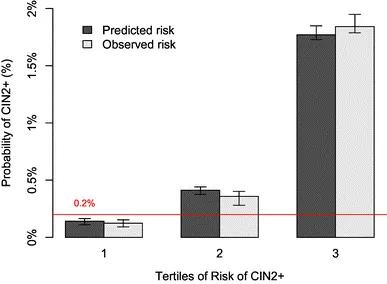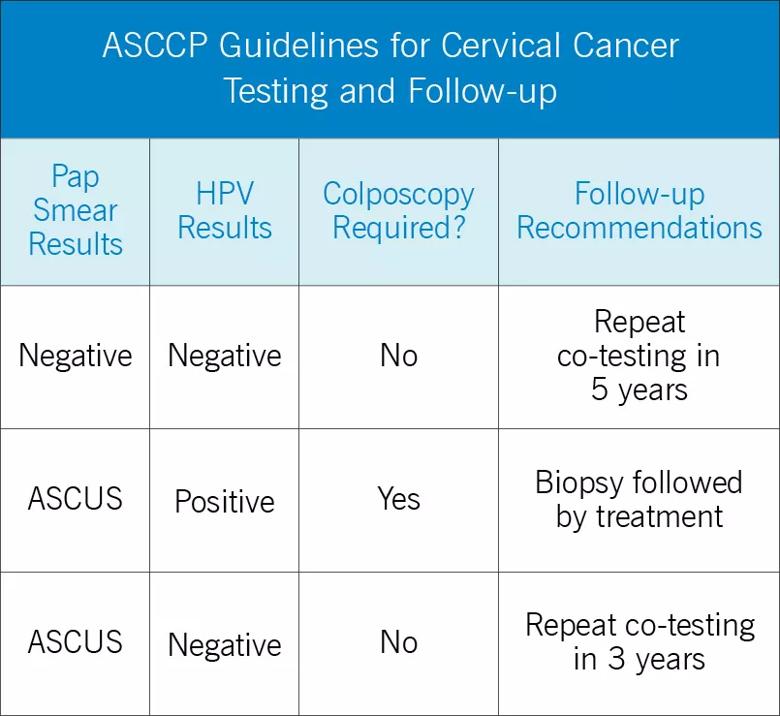Advertisement
Accurate risk prediction reduces costs and false positives

Thanks to advanced screening technology, no one in the U.S. should die of cervical cancer. But the reality is that thousands of deaths occur each year. The main cause of this phenomena is that high-risk women aren’t being screened often enough or don’t pursue the proper followup when problems are detected.
Advertisement
Cleveland Clinic is a non-profit academic medical center. Advertising on our site helps support our mission. We do not endorse non-Cleveland Clinic products or services. Policy
To improve patient outcomes, physician-researchers are reviewing cervical cancer screening guidelines to look for opportunities for improvement. In particular, they have identified some potential cost benefits associated with making screening recommendations that are based on individual patient risk. Michael Rothberg, MD, Vice Chair for Research in the Medicine Institute at Cleveland Clinic, recently published a ground-breaking risk prediction model to allow for personalized screening for cervical cancer and patient risk assessment.
“While HPV tests are very helpful in predicting cancer risk, other factors are just as powerful at predicting cervical cancer risk,” notes Dr. Rothberg. “The more that we can personalize risk prediction, the more efficient our screening efforts will become.”
Doctors used to recommend that women get Pap smears annually to check for cervical abnormalities. Now, the guidelines specify the following screening frequency:

The presence of certain risk factors or abnormal test results may require more frequent testing. The following terms help define cervical cancer and guide treatment:
According to Dr. Rothberg, the following factors may impact a woman’s risk of developing cervical cancer:

Figure 1: Actual risk observed versus predicted risk of CIN2+ in 100,000 women. The red line represents the risk of CIN2+ in women with ASCUS but who are HPV negative. (Source: Springer/Cleveland Clinic)
Although the above risk factors are well-known in the medical community, no organization had tried to create a model that put these risk factors together to predict a woman’s overall risk of developing cervical cancer. To build the model, Dr. Rothberg worked with Bo Hu, PhD, and Xian Wen Jin, MD, PhD, to analyze data from over 100,000 women who had been screened over a 10-year period at Cleveland Clinic. They identified all patients who had cervical abnormalities.
Advertisement
Dr. Rothberg’s team discovered that a third of the women in the study had a CIN2-level cervical cancer risk below 0.2 percent before they had their Pap smear or HPV test. This is lower than the risk of CIN2+ for a woman who had abnormal cells (ASCUS) detected in her Pap smear but also had a negative HPV test. Yet, this type of patient would wait up to three years to have another co-test, as suggested by the ASCCP guidelines for cervical cancer testing and followup.

“Our study was based on the concept of equal treatment for equal risk,” explains Dr. Rothberg. “We’re hoping to use these known patient factors combined with the last HPV test results from the previous five years to predict the risk of abnormality that would require the patient to have a colposcopy.” The new model could help reduce unnecessary colposcopy tests, which are more uncomfortable and expensive than Pap smears.
Following his research, Dr. Rothberg suggests that women with a low chance of cervical abnormalities can wait longer to be checked. Why is this so important? “Healthcare resources in the U.S. are limited,” he says. “If unnecessary testing and screening can be eliminated, we can direct the unused resources to target women who are at higher risk of having cervical issues. We can also reduce false positives, which tend to increase with overtesting.”
Dr. Rothberg hopes that his research will help organizations that develop guidelines for cervical cancer screening to create and utilize better prediction models. With the aid of modern electronic data extraction, building future data sets and analyzing the intervals and risk factors of a particular health system would be relatively easy. “Better prediction models that are tailored to a specific health system would eventually lead to improved screening guidelines and reminders for women at risk to get checked in a timely manner,” he notes.
Advertisement
Advertisement

Polygenic risk score could help predict who will develop this aggressive breast cancer

New guidelines offer insight into emerging therapies, dental issues and more

Clinical trial to assess the value of nutritional, physical therapy and social supports prior to preoperative chemotherapy

Research demonstrates improved overall survival for patients receiving comprehensive treatment for breast cancer in addition to radiation or surgical intervention for brain cancer

Platinum-eligible phase 3 trial of enfortumab vedotin and pembrolizumab yields ‘unprecedented data’

Cleveland Clinic Cancer Institute brings multidisciplinary care, precision oncology and clinical research to the United Arab Emirates

Extent of baseline burden impacts progression-free and overall survival

Further study warranted to better understand the clinical implications of these findings